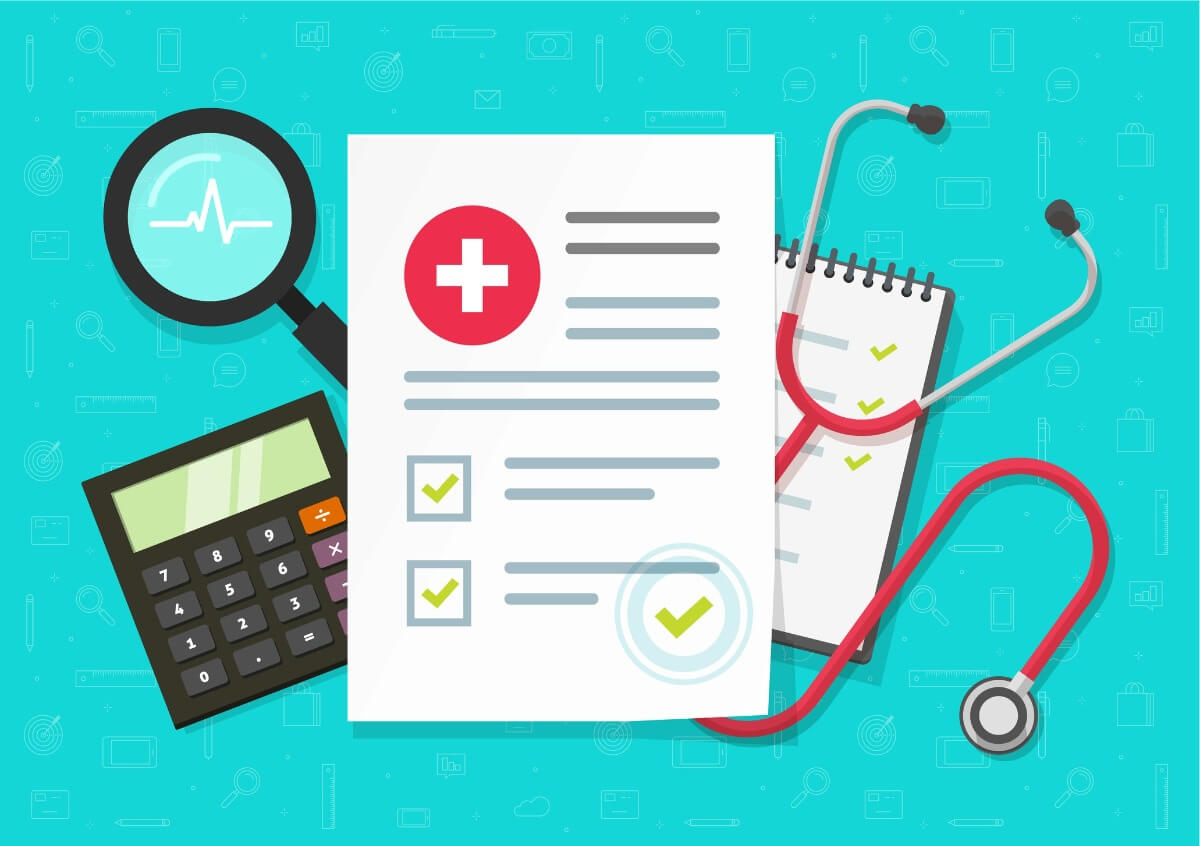Is your healthcare practice struggling with the medical billing process? Do you find it difficult to get patients to pay their bills on time or understand their balances? If so, you’re not alone.
Medical billing can be a baffling and frustrating process for both practices and patients.
On top of working with patients to get paid, you also have to ensure your claims management is precise and runs smoothly. Consider the following statistics:
- Claim denial rates can be as high as 80% for some marketplace payers.
- Billing advocates and health professionals estimate up to 80% of medical bill filings contain errors.
- The true cost of each denied claim is $31.50, to file and refile a rejected claim. Multiplied by 100 claims per month, that’s $2,500 and over a year’s time, you’re looking at $30,000 in lost revenue.
- 56% of medical groups say their time in payment collections A/R increased in 2022.
Despite these potential pitfalls, offices implementing best practices and cost-effective software tools can improve their revenue cycle management and provide a better patient experience. In this post, we’ll cover some of the best practices for patient billing, including when and how to send balance statements, when patients should receive their first bill, and how to make bill payment a seamless experience.
How often should I send out patient billing statements?
First, let’s talk about when and how to generate statements. Patients need to know what they owe, and you need to get paid, so it’s essential to have a clear and timely process for sending out patient statements. The best practice is to send out balance statements at regular intervals, such as every 30 days, and to make sure they include all outstanding balances. It’s also important to make sure the statements are easy to understand, include a due date and provide clear instructions on how to make payments.
But when should patients receive their first bill? That’s a great question, and the answer can vary depending on the type of healthcare service provided. For routine check-ups or minor procedures, patients may receive their first bill immediately after their visit. For more complex or expensive procedures, such as surgery, it may take longer to process insurance claims and determine the patient’s responsibility. In these cases, it’s a good practice to keep the patient informed throughout the process, so they know what to expect and when to expect it.
How can I make the billing process easier and more manageable for patients?
One proven approach is to offer multiple patient-friendly payment options, such as self-service online payments, automatic payments, and payment plans. Online payments are convenient for patients, and automatic payments ensure that bills are paid on time. A payment reminder tool allows you to automatically send patients balance reminders by text or email to make it easier for patients to pay their bill.
It’s also crucial that you communicate with patients throughout the billing process and ensure costs and fee structures are readily transparent. Patients want to know that they’re being heard and that their concerns are being addressed. If a patient has questions or concerns about their bill, their insurance company or their secondary insurance, you should be available to answer them and provide guidance on how to resolve any issues. Patients should also be notified of any changes to their account, such as updates to their insurance coverage or new charges.
Other best practices that are key to giving patients a better payment experience include:
- Confirm insurance within the week of the visit and eligibility no more than three days prior to the appointment as many insurances change on the month.
- Contact patients about outstanding balances ahead of the visit to arrange payment.
- Provide alternative payment options such as credit card on file, Venmo, PayPal, etc.
How can I eliminate errors in claims filings and ensure the billing process runs smoother for my front office staff?
There are several ways to reduce kinks in your billing process to save your staff time, more efficiently submit accurate claims, and increase your collections rate.
- Implement automated online payment reminder tools to eliminate billing workflow inefficiencies and save your front office staff time.
- Stay up-to-date on medical billing rules, regulations, and coding changes.
- Double-check claims before submitting.
- Regularly evaluate your billing metrics to ensure you’re hitting your practice’s operational goals. These include collections per visit, average days in accounts receivable, net collection rate, total accounts receivable, first pass resolution rate (FPRR), and denial rate.
Key Takeaways
The complexity of billing and collections management processes can be frustrating for you and your patients. Best practices such as regularly sending out balance statements, clearly communicating with patients throughout the process, and offering self-service online payment options can make the process easier and more transparent for everyone. Your front office staff can work more efficiently, save time, and minimize claim denials by implementing measures and best practices that improve your billing cycle metrics, lower your costs, and help you recoup more payments to boost your monthly revenue.

Find out more tips and strategies to mitigate rising costs, increase revenue, and get the edge on competitors, download the guide, “10 Must-Have Metrics to Grow Your Practice.”
Read the Guide


